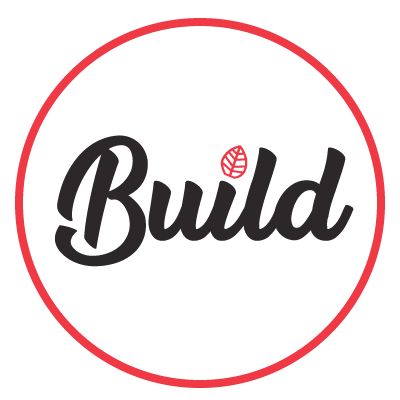Recipe: Bread
Bread
Bread is a staple food in much of the world that is essential to human activity. Its cultural significance is as wide as it is varied. Juvenal satirized the public as only caring about bread and circuses. The Bolsheviks promised peace, land and bread. “If the people have no bread, let them eat cake” has been attributed to various oblivious French princesses. “The worker must have bread,” Rose Schneiderman spoke, inspiring the poem, “but she must have roses, too.” “Bread” and “dough” both mean money in English slang.
The domestication and cultivation of grain is a human endeavor that directly connects our labor to the land. Bread is sustenance. It is nature transformed by human labor. Breadmaking is simple, and learning to do it well, to understand its science and art, can deeply reconnect us to nature.
Below is a recipe for a “rustic” sourdough boule.
Equipment
Kitchen scale
Nonreactive container, such as stainless-steel, glass or food-grade plastic
Large bowl
Stand-up mixer (optional)
Sharp knife
Starter
100 grams whole wheat flour per feeding
100 grams cool or lukewarm water per feeding
Day 1:
Combine the flour and water in a container large enough to hold the starter as it grows over the next few days. Loosely cover and store at room temperature, away from disruption.
Day 2:
To feed your starter, discard half by weight and combine another 100 grams of whole wheat flour and 100 grams of water.
Day 3:
Your starter should begin to bubble. Feed twice today by discarding half and adding 100 grams of flour and 100 grams of water.
Day 4:
Your starter should be ready today or tomorrow. It will have a tangy aroma that is acidic and alcoholic but not overwhelming. If your starter has not approximately doubled since you started, or isn’t showing signs of bubbling, keep feeding as above, twice daily, until it does.
Day 5+:
You may keep the starter covered in the fridge. Feed it weekly, as above, or naturally as you bake bread once a week.
Recipe
400 grams all-purpose flour
60 grams whole wheat flour
30 grams rye flour
260 grams starter
292 grams water
13 grams salt
1 tablespoon active dry yeast
A few tablespoons oil, as necessary
1 egg white
Combine ingredients in a standup mixer or by hand until thoroughly mixed into a sticky ball.
Knead by hand on a lightly floured surface until a soft, stretchy dough ball is formed. Add water or flour in very small amounts as needed.
Cover the bowl and set aside in a warm area to rise for 1 to 1.5 hours, until doubled in volume.
Place the round on a greased baking sheet and cover for another 1 to 1.5 hours. Near the end of the rise, preheat oven to 425°F.
Before baking, score the bread with a sharp knife, making a couple long slashes across the top of the loaf, forming a cross. Brush with egg white. Bake on a stone or baking sheet for 40 minutes to a bit less than an hour, depending, until it is golden brown on the outside.
Remove and let rest, cooling on a rack.
